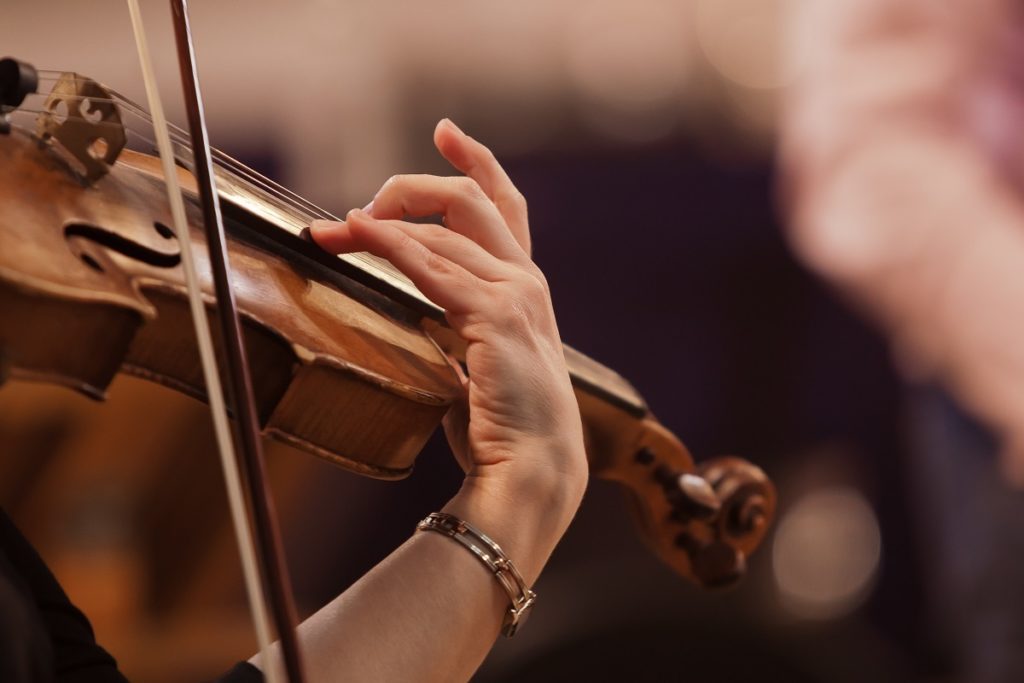Great teachers constantly look for ways to make learning more fun and effective for their students. And for a teaching technique to be effective, it has to appeal to most, if not all, students.
As one of the most powerful influences in people’s lives, music can be a universally effective teaching tool to use in the classroom. In school, you will see plenty of students with their ears stoppered by earphones, blocking the world around them with music.
Americans, on average, spend over 32 hours a week listening to music. And with streaming platforms like Spotify having curated playlists for studying with over two million followers, it’s clear that music is already a part of students’ learning techniques.
So, why not try incorporating it into your teaching method? Songs and melodies are readily available, so it’s not like you need to take piano lessons unless you want to.
Below, we have a few ideas on using music as an effective teaching tool in the classroom.
1. Use music to help students remember facts
There’s a reason nursery rhymes like the ABC song and The Wheels on the Bus are still widely used in preschool classrooms today. These songs are a great way to help students memorize something, like the sequence of the alphabet, through catchy melody and repetitive rhymes.
Other examples of songs that help students remember facts include Do-Re-Mi from The Sound of Music, Fifty Nifty United States, and the Periodic Table Song.
2. Use music as an example of the topic you’re teaching
Songs are like poems and prose with melody. This makes them a great tool to use when teaching students English and Literature. You can use your students’ favorite songs to teach them about figures of speech or rhetorical devices, like this one writer did on Twitter.
Music can also be used in your Science class to demonstrate how sounds are produced. It can also be applied in Math to teach students about patterns, fractions, and ratios.

Teaching history also benefits from using music by tackling popular musicians and musical styles in certain periods, the social context of composing and performing music, and the accuracy of songs that narrate certain historical events.
Take the songs of the popular musical Hamilton, for example. You can use them as a starting point for your lesson on U.S. history while correcting the artistic license the composer used.
3. Use music to help energize students
No matter how fun you make your classes, when students are bored or sleepy, their minds will wander. But if you dedicate a few minutes of your time in class every day listening to a lively song that the class chose and singing along with it, you can infuse your students with a little more fun and energy.
You can do this to break up a long, boring lesson or while students are writing. As long as the whole class is on board with the songs and playing music, you can enhance students’ moods in five minutes or less! A bonus: you can get to know your students well through the type of music they love.
There are times when silence in the classroom is more effective. But if you give music a try, you might find one of the most fun and effective ways to teach your students.



